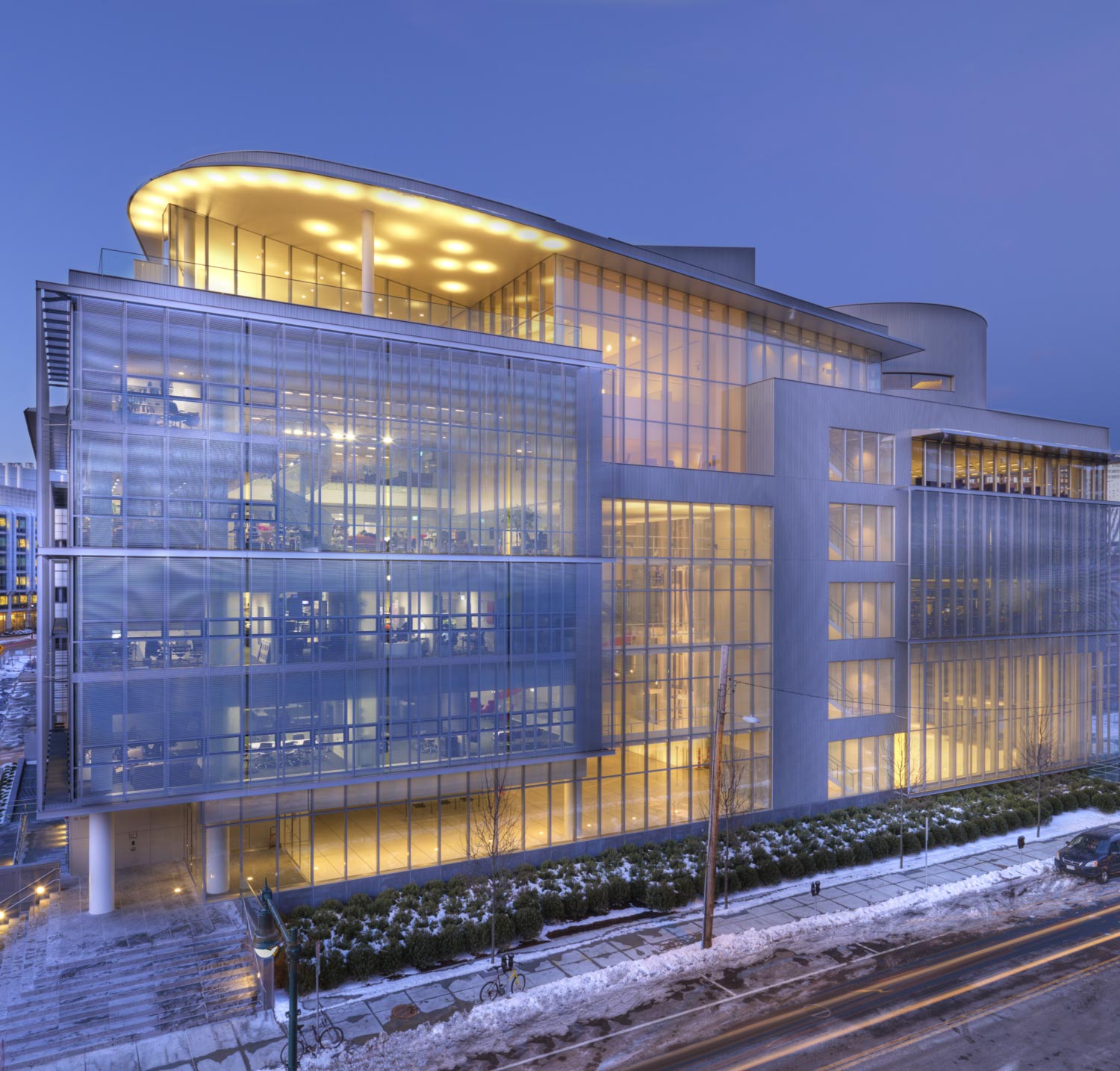The innovation deficit
The long-term future of congressional support for research and development is being shaped right now, and the stakes are high. Those of us who see firsthand the power of scientific research can offer a simple message for America’s policy makers: To help close the budget deficit, close the innovation deficit.
Earlier this month, Congress passed a budget deal that eases some of the automatic spending cuts known as sequestration. For the next two years, discretionary spending will be cut less severely and indiscriminately than it has been since March, when sequestration began.
This is good news for our nation’s research and development, since sequestration imposes cuts on all of the federal agencies that fund scientific research. The cuts set in March ranged from 5.1 to 7.3 percent and were scheduled to continue through 2021. Next month, it should become clearer what the gentler reductions under the new budget deal will be. Still, absent further legislation, in two years we’ll go back to the original sequestration plan.
That would be a mistake that would only compound a problem we already have: decades of declining investment in innovation. Federal R&D as a percentage of GDP — essentially, our societal commitment to research — has fallen from 1.3 percent in 1978 to 0.8 percent in 2013. Our competitors are going in the other direction.
Sequestration has hit Boston-area universities and hospitals hard: Massachusetts received $125 million less in federal funding for medical research in 2013 than it otherwise would have. Such cuts translate into lost jobs today and slow the process of innovation that produces future jobs.
Innovation is fueled by a long-time partnership between the federal government and the nation’s scientists and engineers. Since World War II, federal funding for science has led to important technological breakthroughs and contributed mightily to our national defense. Over the long term, as much as three-quarters of economic growth may be attributable to innovation and technological change.
This effect has shaped Greater Boston, particularly in recent years. For decades, this region has had great colleges, universities, and hospitals. But we have not had anything like today’s innovation economy. A place long admired for its educational excellence has branched out in exciting ways. We now hear Greater Boston called the “biotech capital of the world.”
To see how federally funded research influences the future, consider three areas of innovation that now benefit greatly from sources other than the federal government, but were the downstream products of earlier federal funding of science and technology.
The first is online learning. A year and a half ago, MIT and Harvard launched edX, which offers online university courses to the world. This new platform for global learning is built on advances in computing that trace their roots to Defense Department research from the 1960s and 1970s that led to the Internet. EdX has 1.4 million learners, and it’s growing fast.
A second example comes from health care. One of the most important trends of our lifetime is the convergence of the life sciences with the engineering and physical sciences. It’s at the heart of the Ragon Institute, a collaboration of MIT, Harvard, and Massachusetts General Hospital. Engineers, mathematicians, and scientists are working with doctors to find a vaccine for the AIDS virus. The vaccines currently being developed would not be possible without longtime investment in research by the National Institutes of Health. Private philanthropy helps Ragon researchers immediately pursue unconventional paths, the most promising of which can then be funded by traditional sources such as the NIH.
A third illustration is 3-D printing, a concept pioneered by MIT faculty members. The field developed rapidly from its beginnings in the 1980s and has changed the way big companies develop products. These technologies are now in the hands of home users and professionals alike. Researchers are even experimenting with “printing” replacement human organs. How did it all begin? With funding from the National Science Foundation.
EdX is funded by Harvard and MIT. The Ragon Institute was created through the generosity of Phillip and Susan Ragon and others. And 3-D printing is now a magnet for commercial investment. But all of these developments share the DNA of decades-long federal investment in basic research.
In the interests of the region and the nation, Greater Boston’s business, governmental, and educational leadership should champion federally funded research.
At MIT, we are working with the Greater Boston Chamber of Commerce to reignite the National Business Coalition for Research, which in the late 1990s and early 2000s brought together more than 30 chambers across the country to call for sustaining federal research funding. And we are seeking to make similar kinds of outreach.
Federally funded R&D helped the United States achieve great prosperity and security while unlocking advances that have improved human life. Greater Boston can be proud to serve as a model for the innovation economy — and as a reminder of what we could lose if we do not protect the public-private partnership that has made the US research enterprise the envy of the world.


